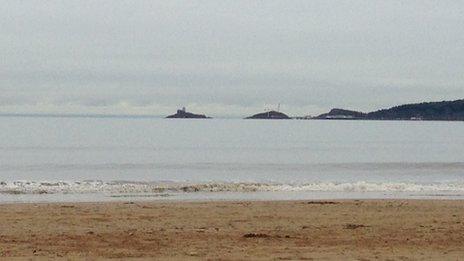£1bn tidal lagoon: Swansea Bay deadline looms
- Published

A six-mile long seawall would house underwater turbines
The deadline is looming for a consultation on plans for the world's first tidal lagoon to generate electricity in Swansea Bay.
Some organisations are still worried that, if built, the lagoon could have a negative impact on wildlife.
Tidal Lagoon Power (TLP), which is behind the £1bn project, says it is working to address concerns.
The Planning Inspectorate , externalhas been examining it for six months and the public have until Tuesday to comment.

Watch Tidal Lagoon Power's video of how the turbines would work
HOW THE LAGOON WOULD WORK:
A six-mile long seawall loops two miles out to sea from close to the mouth of the River Tawe and Swansea Docks and make landfall close to Swansea University's new Fabian Way campus to the east
It would house 16 underwater turbines generating electricity on both the rising and falling tide
Enough renewable energy would be produced to power 155,000 homes - or 90% of domestic energy for the Swansea Bay area
Source: Tidal Lagoon Power

WHY THE DEVELOPMENT?
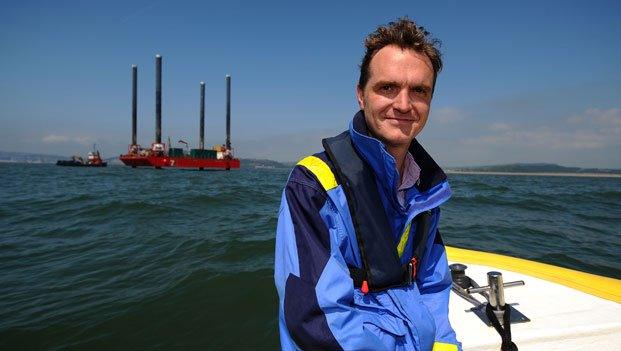
The 'start of a new industry' says Alex Herbert
Alex Herbert, TLP's head of development planning, said the UK is "desperate" to find new sources of power.
"Significant amounts of our existing capacity are due to shut down in the next 10 to 20 years and we have legal obligations to produce more of our power renewably. This will start a new industry."

CONCERNS FOR WILDLIFE
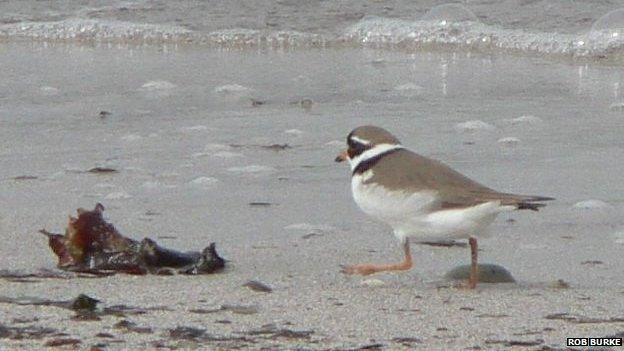
There is concern for birds like ringed plovers
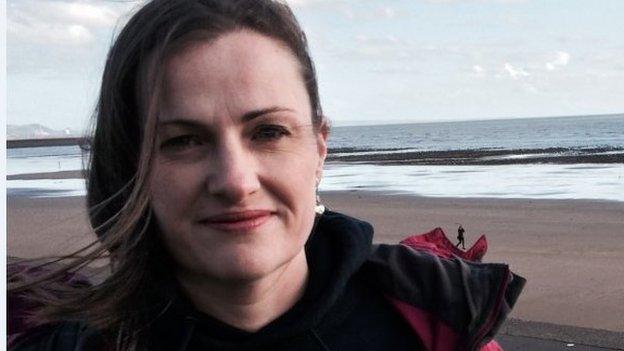
Sarah Kessell is worried about the direct and indirect impact of the lagoon
Some organisations are concerned that the project could damage habitats and change the way sand is deposited in the bay.
Sarah Kessell, chief executive for the Wildlife Trusts of south and west Wales, external, is particularly concerned about the loss of some habitats underneath the walls of the lagoon.
"That's things like sand, mud, gravels and rockpools which are important for ringed plovers, sanderlings and other birds.
"We also don't know exactly how it will affect the accretion of sand on Crymlyn Burrows sand dune system which is a site of Special Scientific Interest. "
Fish Legal, external, on behalf of a number of local river angling associations, has also raised concerns about the impact on migratory fish.
Chief executive Mark Lloyd fears that salmon and sea trout could get caught and killed in the turbines as they gather in Swansea Bay before heading up river to breed.
"Our worst fear would be that they could cease to exist", he said.
TLP says the loss of inter-tidal habitat will be minimal and will be off-set by the creation of new habitats around the seawall.
Experts modelling the development suggest the impact on migratory fish would also be minimal.

BUSINESS SUPPORT 'EXCITING TECHNOLOGY'
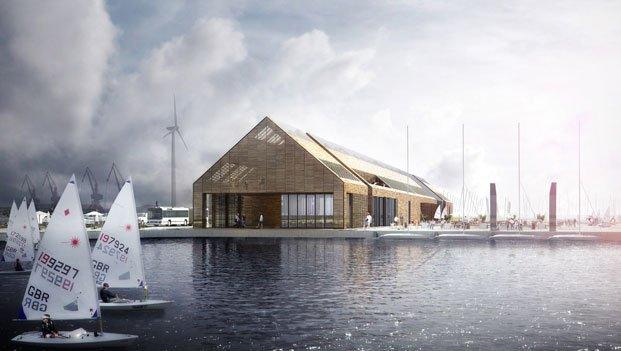
Artist impression of the lagoon
TLP hope to create or support 1,900 jobs in the construction phase and a further 180 once it is operational.
It has also pledged to source 50% of its supply chain from Welsh companies.
The potential has led the Welsh government to provide a commercial loan of £1.25m to support its development.
Swansea Bay Business Club policy group chairman Spencer Feeney said a survey of its 200 members was "overwhelmingly favourable".

WHAT HAPPENS NEXT?
The Planning Inspectorate will now have three months to prepare a report and recommendations
Ministers in Cardiff Bay will have to approve a marine licence before it can go ahead
The planning decision will be made by the UK government's energy secretary by June 2015
If approved, work could start later in 2015 with the first power being generated in 2018 or 2019
TLP has already identified further sites for tidal lagoons around the UK coastline, including one near Colwyn Bay and another in the Bristol Channel
There is more on this story on Eye on Wales, BBC Radio Wales. 12:30 GMT Sunday 16 November
- Published20 October 2014

- Published7 February 2014
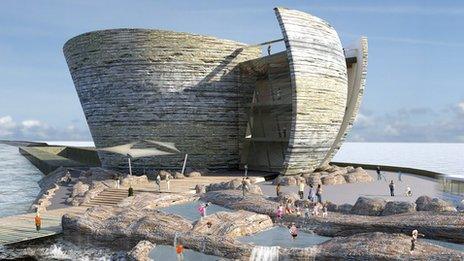
- Published24 October 2012
